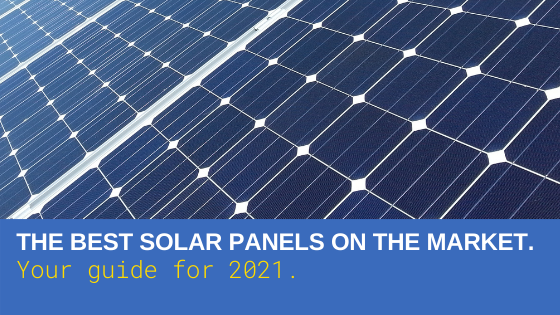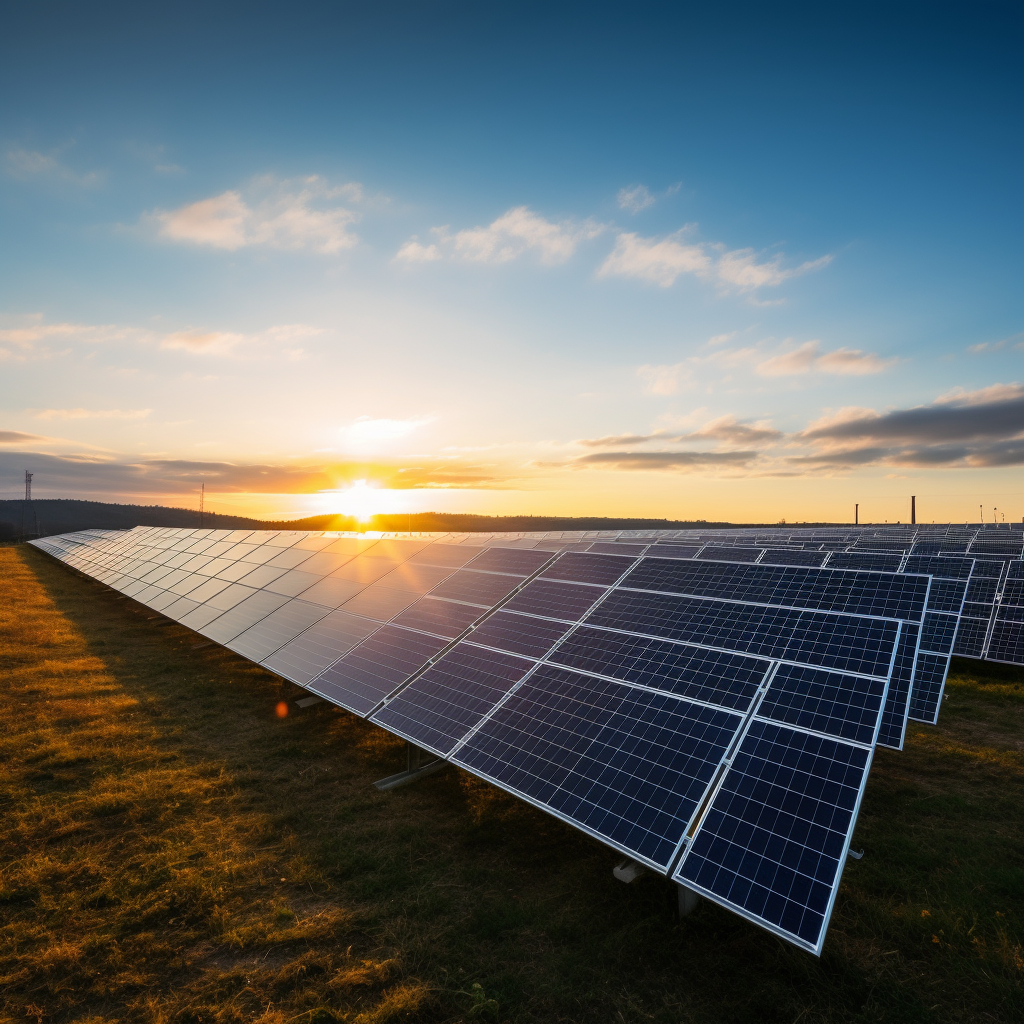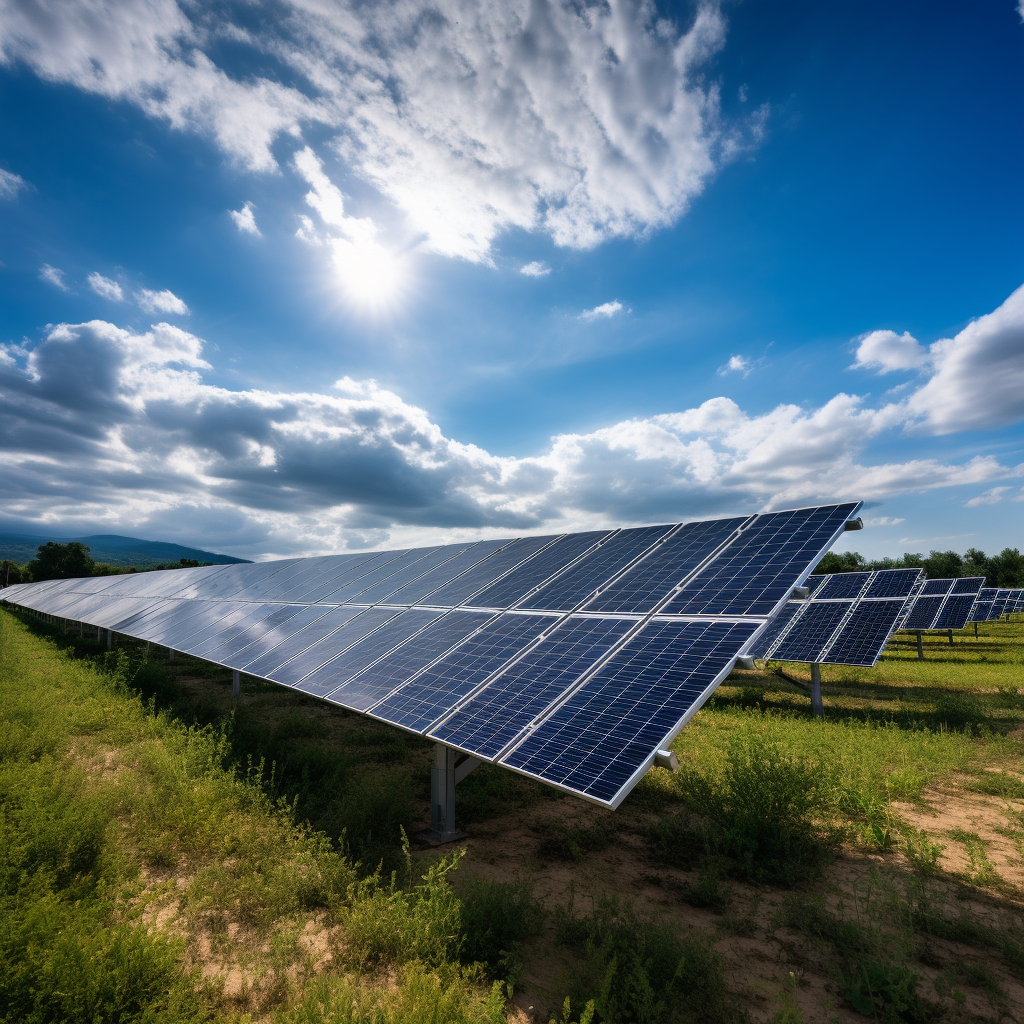Welcome to our comprehensive examination of bifacial solar panels. This article offers a deep dive into the world of this innovative solar technology, explaining how bifacial solar panels work, the benefits that these panels offer when compared to traditional solar panels, and crucially, the limitations you might want to consider.
Additionally, we explore a wide range of market applications, sussing out whether bifacial panels are a fit for residential, commercial or large-scale industrial use. To top it off, we provide answers to frequently asked questions to address any lingering queries you may have about bifacial solar panels. So whether you’re contemplating if it’s worth the cost, or curious about maintenance, we’ve got you covered. Let’s see how these double-sided solar-power generators are shaking up the renewable energy scene.
Understanding Bifacial Solar Panels
The solar energy industry has witnessed immense technological advancements over the recent years and one of the prominent breakthroughs is the development of bifacial solar panels. But what exactly are these bifacial solar panels?
Bifacial Solar Panel: What is it?
Like the name suggests, bifacial solar panels are designed to absorb sunlight from both sides, which makes them considerably different from traditional mono-facial solar panels that only absorb sunlight from one side. The ability to absorb sunlight from both front and back sides, permits more energy generation. This added ability is made possible via the use of semi-transparent materials which allows sunlight to pass through the panel.
How Bifacial Solar Panels Work
Bifacial solar panels function based on a simple principle – using both sides to capture sunlight. The front side of the panel takes in direct sunlight while the rear side captures reflected or diffused sunlight from surrounding surfaces such as the roof, ground or nearby structures. This process results in greater energy production, setting bifacial panels apart from their traditional counterparts.
Bifacial vs. Traditional Solar Panels
Comparatively, bifacial solar panels demonstrate striking advantages over traditional solar panels. Firstly, their two-sided design ensures a higher power yield; they can garner up to 30% more energy than the traditional panels. Furthermore, bifacial panels tend to have a longer life-span. With properties like light and temperature resistance, these panels guarantee long-term performance stability.
Benefits of Bifacial Solar Panels
With the unique design and functionality of bifacial solar panels, numerous benefits arise that make them a favourable choice in both residential and commercial sectors.
Increased Energy Output
One of the principal advantages of bifacial solar panels is the increased energy output. The dual-sided design of these panels allows them not only to generate more electricity than traditional panels but also to maintain high energy output even when the sun is not directly overhead.
Space Efficiency
In terms of space efficiency, bifacial solar panels are a clear winner. Since they generate more power per square foot compared to traditional panels, fewer panels are required to meet energy needs. This attribute is especially beneficial in areas where space is at a premium.
Durability and Longevity
Bifacial solar panels are constructed with robust materials making them more durable and resistant to harsh environmental conditions. Plus, their enhanced durability results in a longer lifespan, making them a cost-effective choice in the long term.
Effectiveness in Varying Conditions
These panels are not only effective under direct sunlight but also perform incredibly well in varied light conditions. Even on cloudy or overcast days, they can utilize diffused light, ensuring continuous energy production.
Potential for Lower Cost of Energy
While the initial cost of bifacial solar panels may be higher than traditional panels, their increased power output and longer lifespan can lead to a lower cost of energy over time. This return on investment potential makes them an attractive option for homeowners and businesses alike.
Limitations of Bifacial Solar Panels
Bifacial (double-sided) solar panels are a recent development in solar technology that stand to revolutionize the industry. Unlike conventional solar panels, which have a single active side, bifacial solar panels can capture sunlight from both their front and rear surfaces, thereby increasing their efficiency. However, despite their significant potential, bifacial solar panels come with several limitations that prevent their widespread adoption. These constraints range from installation complexity and costs to site-specific performance, energy yield predictability, and market availability and variety.
Installation Complexity and Costs
One of the main drawbacks of bifacial solar panels is their installation complexity. Traditional solar panels are simple to install; they’re usually mounted on roofs or ground mounts and require no special considerations. On the other hand, installing bifacial panels requires a high degree of precision to avoid shading the backside, which can significantly reduce their efficiency. They must be elevated sufficiently from the ground or other surfaces to allow ample light to reach the rear side and reflect back onto the panel. This requirement adds to the material and labor costs, making the overall cost of bifacial solar systems more expensive than traditional single-sided ones.
Site-specific Performance
Bifacial solar panels’ performance largely depends on the installation site’s specifics. They require a high albedo – the degree to which a surface reflects sunlight – to function optimally. Surfaces like white roofs, light-colored pavement, or snow have higher albedos and can hence enhance the energy output of bifacial panels. In contrast, surfaces like grass, dirt, or dark roofs have low albedos and can hinder the panels’ performance. Therefore, the efficacy of bifacial solar panels can be inconsistent across different locales and environments, which can cause unpredictability in energy production levels.
Energy Yield Predictability
The energy yield of bifacial solar panels can be more challenging to predict than that of traditional single-sided panels. Their performance not only depends on direct sunlight but also on the amount of indirect light that bounces off nearby surfaces. This requirement makes energy yield predictions more complex due to the variability of these secondary factors. Conditions like the season, weather, time of day, and changes to nearby surfaces (like the growth or loss of foliage) can all affect a panel’s output. Consequently, it can be tough to ensure a stable return on investment.
Market Availability and Variety
Lastly, bifacial solar panels are still an emerging technology, which means they’re not as widely available as traditional solar panels. Many solar manufacturers have only recently begun producing bifacial panels, so there’s less variety and availability in the market. Unlike conventional modules that come in various sizes and capacities, bifacial options are typically limited, and may not always suit every consumer’s needs. Moreover, the newness of the technology also means that many installers may not yet be familiar with the best practices for installing these panels, potentially leading to further complications and costs.
Market and Applications for Bifacial Solar Panels
Bifacial solar panels – a standout innovation in renewable energy technology, are rapidly gaining ground across the globe. By harnessing solar radiation from both sides, these solar panels can generate up to 30% more electricity than traditional unifacial solar panels. The dual-action of bifacial panels significantly boosts their energy yield and is prompting a steady surge in their worldwide adaptability.
Residential Applications
For homeowners keen on maximizing their investment in solar, bifacial solar panels make an attractive proposal. They can be mounted over reflective surfaces like white roofs, metallic surfaces, or even over grass to capture reflected solar radiation for additional energy production. Unlike monofacial panels, they do not need to be angled towards the sun, thus offering greater flexibility for use in homes with non-south-facing roofs. Their efficient nature reduces the number of panels required, thus saving on installation cost, space, and maintenance. By catering to a household’s energy demands even on cloudy days, bifacial panels contribute to significant savings on electricity bills, making them a worthwhile investment.
Commercial and Business Applications
Bifacial solar panels are notably gaining traction in the commercial sector. Businesses stand to gain considerably from their advanced efficiency and superb return on investment. They can be incorporated into building designs, mounted on commercial rooftops, or used in parking shadings. The aesthetics and dual utility of bifacial panels in shaded parking – serving both as a shelter and an energy source is a best fit for commercial establishments. Moreover, they deliver robust performance in varying weather conditions, thereby ensuring uninterrupted power supply, which is imperative for businesses. The longevity and less frequent replacement of bifacial panels reduce the long-term capital expenditure of businesses, contributing significantly to sustainability goals.
Industrial and Large-scale Applications
On the industrial front, bifacial solar panels have garnered massive interest. Large-scale solar farms can exploit their high-power yield to drive extensive operations. Given that bifacial panels perform exceptionally well in scattered light conditions, they can be efficiently placed in areas with high albedo or reflectivity, such as deserts or snow-covered grounds, resulting in increased power yield. This makes a compelling case for the adoption of bifacial technology by utility-scale projects. Industries already investing heavily in solar power can optimize their energy generation by integrating bifacial panels, thereby achieving both energy and economic efficiency.
Future Market Trends
The future of the bifacial panels market appears bright. Analysts predict a significant increase in bifacial technology’s adoption rate due to its aforementioned benefits over conventional solar panels. As more sectors recognize the economic and environmental benefits of using bifacial solar panels, the demand is likely to soar. With continual advances, the efficiency of bifacial panels is set to heighten, thereby amplifying their desirability in the market. Added to this, the declining costs, supportive government policies favoring renewable energy, and a global emphasis on carbon-neutral energy sources will fuel the popularity of bifacial solar panels in the years to come.
Frequently Asked Questions about Bifacial Solar Panels
Bifacial solar panels are quickly becoming an efficient and popular option for harnessing solar energy. As a contemporary renewable energy resource, they are designed to absorb sunlight from both sides, increasing the amount of energy produced. Given their effectiveness, it is normal to have questions about these panels. This article will address some frequently asked questions about bifacial solar panels, shedding light on their worth, installation processes, maintenance requirements, and future prospects.
Are Bifacial Solar Panels Worth the Cost?
The cost-effectiveness of bifacial solar panels crucially depends on the particular installation circumstances. These panels are typically constructed using high-quality mono-crystalline cells that are known for their longevity and efficiency. This high quality reflects in their initial installation cost, which is generally higher than that of traditional monofacial solar panels. However, in the long run, their potential for greater energy generation can outweigh the upfront cost.
Bifacial panels can generate power from both sides, thereby, theoretically, increasing the electricity produced by up to 30%. This increased energy production can dramatically decrease the repayment period of the initial investment, making them a more economical choice over time. Therefore, while bifacial solar panels may warrant high upfront costs, they offer excellent value for money in the long term considering their superior power output.
What are the Best Practices for Installation?
Proper installation is crucial for getting the most out of bifacial solar modules. Given their dual-sided design, these panels need more sun than regular ones to optimize electricity output. Thus, a location with plenty of sunlight and minimum shading is an ideal place for implementing these panels.
Bifacial solar panels should ideally be installed at an elevated height above the ground since the amount of light reflected from the ground to the solar panel’s rear side is a crucial factor. The kind of surface the panel faces can have a significant impact on light reflection. Reflective surfaces like metal roofs or light-colored grounds can augment the module’s production.
Alignment is another critical factor. The mounting structure should be designed to avoid any shadow falling on the panels. Additionally, bifacial panels are suitable for both horizontal and vertical installations.
How to Maintain Bifacial Solar Panels?
While bifacial panels are designed for durability and long-term use, routine maintenance is critical. Easy-to-follow maintenance activities include cleaning the panels to remove any dust or dirt that could hinder the solar cells’ ability to absorb sunlight effectively.
As bifacial solar panels absorb sunlight from both sides, cleaning should be done on both surfaces. Additionally, the maintenance schedule should also include periodic mechanical inspections. For instance, you should check the wiring regularly for possible faults or outages caused by wear and tear or extreme weather conditions.
What is the Future for Bifacial Solar Panels?
The future looks bright for bifacial solar panels. Their soaring popularity is bolstered by increased efficiency and better return on investment. With advances in technology, the costs associated with bifacial solar panel installation are expected to decrease, making them even more appealing to homeowners and businesses.
Furthermore, the adoption of green and renewable energy strategies globally stands to benefit the bifacial solar panel market. As the world moves towards a cleaner, sustainable future, the demand for innovative, more efficient solar panels, such as the bifacial panels, will only increase. Finally, research & development investment focusing on enhancing the efficiency of solar modules promises further advancement in bifacial solar technology.
1. What are the unique advantages of employing bifacial solar panels?
Bifacial solar panels consistently outperform their traditional counterparts by harnessing sunlight from both sides thereby increasing the overall energy generation. This double-sided feature maximizes utilization and efficacy, particularly in ideal conditions.
2. How does the performance of bifacial solar panels vary in different installation conditions?
Performance of bifacial solar panels significantly improves in areas of high albedo, such as snowy terrains or light-colored surfaces. Their ability to harness reflected light specifically impacts their efficiency.
3. Are there specific limitations to the use of bifacial solar panels?
While bifacial solar panels offer many advantages, the cost of installation can be higher due to the need for specialized mounting equipment. Additionally, their efficiency relies heavily on the available reflected light, which can vary by location and surface type.
4. How does the lifetime value of bifacial solar panels compare to traditional ones?
Bifacial solar panels usually have a longer lifespan than traditional solar panels, often coupled with extended warranties. Meaning, through their enhanced energy production and durability, they offer a higher lifetime value.
5. How do bifacial solar panels impact the environment relative to regular solar panels?
Bifacial solar panels have a lower carbon footprint than traditional solar panels. Their greater efficiency means fewer panels are needed to generate the same amount of electricity, resulting in less resource expenditure and waste.
6. Can bifacial solar panels function efficiently in shaded areas?
Absolute shading can reduce the performance of bifacial solar panels. However, these panels are still capable of capturing reflected sunlight, giving them an edge over traditional solar panels in partially shaded conditions.



